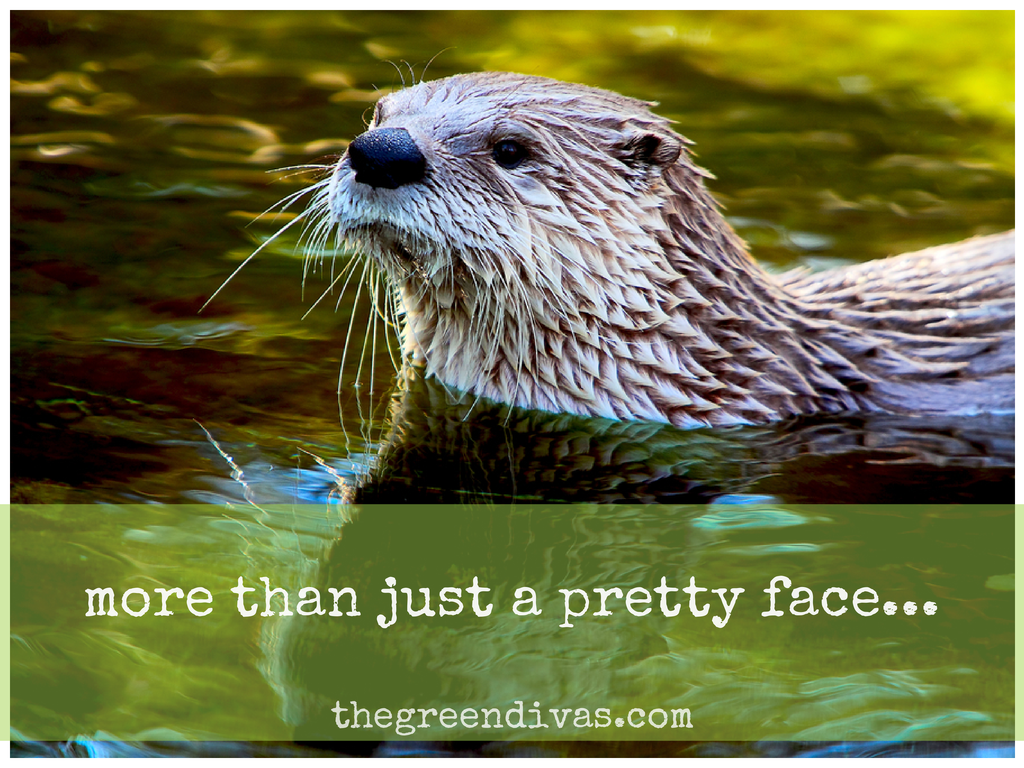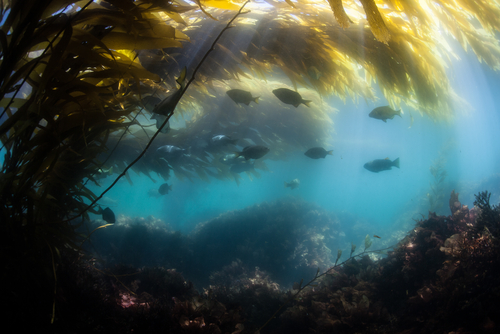
Sea otters: More than just a pretty face.
Its undeniable—sea otters are pretty darn adorable. Yet, otters are not only cute, they’re critical to marine ecosystems. Considering that sea otters are the smallest marine mammals, they pack a huge environmental punch.
Sea otters are an example of a keystone species—one that has a disproportionatly large role in maintaining the integrity of its ecosystem. If you remove a keystone species, the ecosystem can easily become unbalanced or collapse.
When people think of keystone species, they often think of big predators like the wolf or grizzly bear. Sea otters may not be at the top of the food chain, but the role they play within their ecosystem is unique and important: they eat sea urchins.
Sea otters can easily eat up to 30 percent of their body weight each day, and a good chunk of that food is urchins.

Its important that the urchin population stays low since urchins eat kelp, which functions as nurseries and safe havens for everything from tiny fish to sea lions. Without sea otters, there would be no kelp, and without kelp, a lot marine species would be at risk.
Recent research has also shown that kelp can suck massive amounts of carbon dioxide out of the atmosphere—somewhere between 4.4 and 8.7 megatons! So, by eating urchins, sea otters protect their environment as well as ours. Lets tip our hats to (and stop making hats from) these little guys for all their good work!
If you still need a reason to smile about sea otters, check out this video for some great baby otter footage:
And this one…
Bonus:
Listen to the latest Green Divas myEARTH360 report to stay on top of current environmental news…
images via shutterstock.com | sources: seaotters.com, marinemammalcenter.org
[dynamic-sidebar id=’Custom Widget 2′]